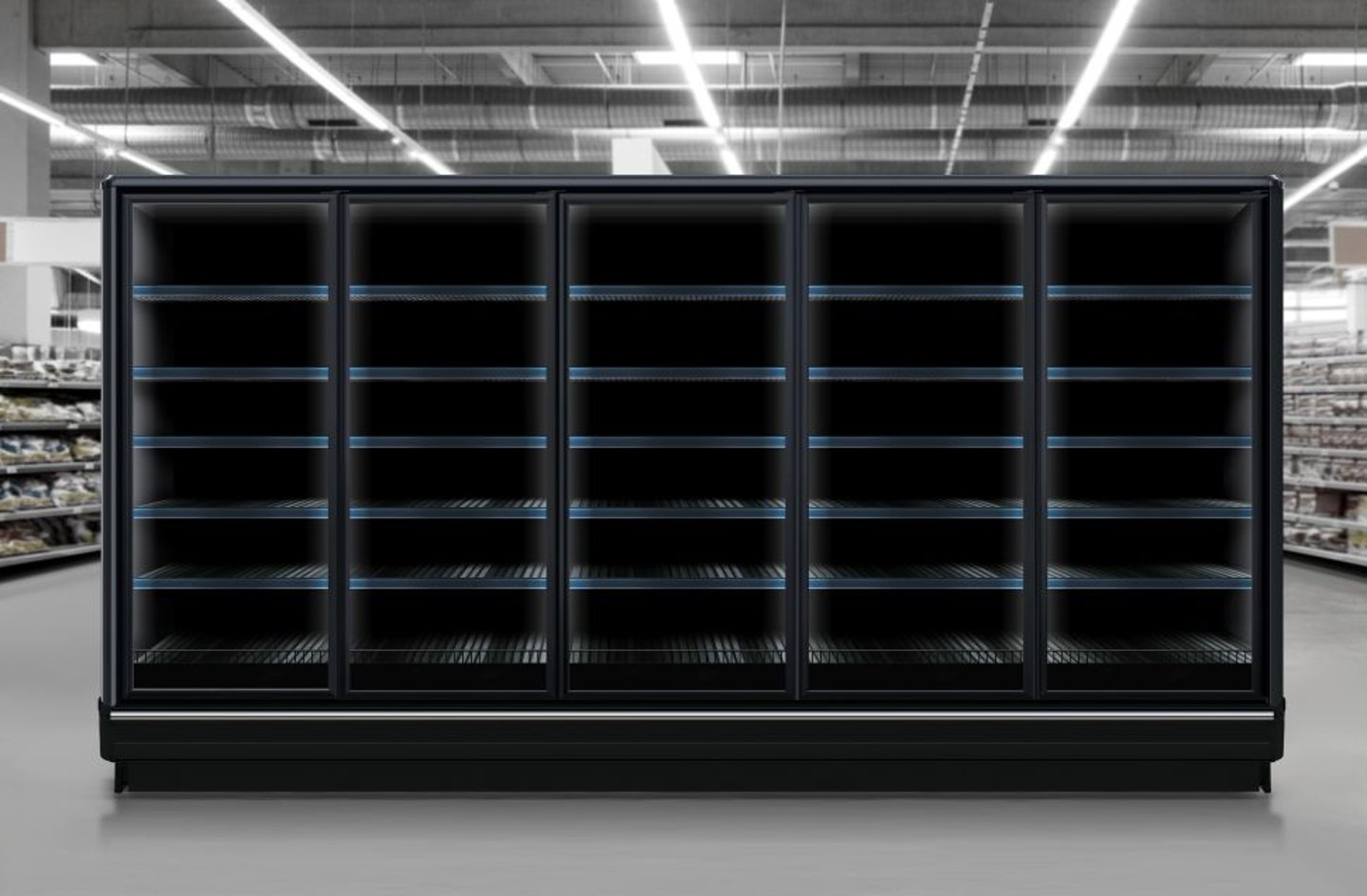Refrigerant leaks can be fatal. Take action to protect your workers
A maintenance worker arrives at a local arena early in the morning before anyone else. He goes into the mechanical room, which houses a compressor, to check on things. An hour later when others begin to arrive, they find the maintenance worker unconscious on the floor. This is a real story, describing the very real consequences of exposure to hazardous refrigerant chemicals.
Any place where you need to keep things cold—whether it’s an ice rink like the story mentioned above – or a convenience store or restaurant—you will have a refrigerant chemical passing through a compressor and running through the pipes. That’s where the hazard lies.
Various refrigerant chemicals may be used in the workplace depending on the age and type of equipment, but one thing they all have in common is that the chemicals resist temperature change very well. “These substances are selected because of their specific properties even though they may be toxic to humans. Ammonia is a common one, but a wide variety of these chemicals are in use,” says Gordon Pajuluoma, health and safety consultant with WSPS. The compressor converts the substance (e.g. ammonia) from a gas to a liquid and then pumps it through the pipes to cool.
Why refrigerant leaks are so dangerous
If everything is in good working order, and workers aren’t exposed to the refrigerant chemicals, the equipment and work environment is safe. However, if a leak or equipment malfunction occurs and workers are exposed to the gas, the consequences could be fatal. In some cases, the gas itself may be toxic to humans when inhaled. In other cases, the gas may not be toxic but could displace oxygen. “If the room slowly fills up with a gas that displaces oxygen, a worker who enters the room could suffocate. In a situation like this, wearing a respirator will not help because the hazard is not toxic, there simply is not enough oxygen to be able to breathe,” says Gordon, which is why it is so important to identify the specific chemical used at your workplace and follow the specific safety instructions on the safety data sheet.
The usual wear and tear on machinery and pipes over the years can lead to a leak, but you may not know when the leak is happening, which is the biggest concern. “Refrigerant gases are generally invisible and possibly odourless. On top of that, the mechanical room where the compressor is housed may be poorly ventilated and off in a corner of the facility. So, it doesn’t take much for gas to build up in there,” says Gordon.
Five ways employers can protect workers from refrigerant chemicals
- Know which refrigerant gases are used in your workplace and ensure employees are familiar with the related safety data sheet. If a leak occurs and a worker loses consciousness, it is critical that rescuers know what chemical they are dealing with so they can ensure they have the necessary personal protective equipment (PPE) so they can assist the worker and not endanger themselves.
- Train your employees. Your workers need to complete Workplace Hazardous Materials Information System (WHMIS) training if they will be working around refrigerant chemicals, but they also need to understand the severity of risk these gases pose.
- Properly ventilate the compressor room. Mechanical or compressor rooms are often small spaces that may be poorly ventilated, which is why gas can build up so quickly. Make sure these rooms are well ventilated and check the ventilation system often to ensure it is in good working order.
- Install a sensor system. These have become more common. When the light outside the mechanical room door starts flashing or when the alarm sounds, it means the sensor inside the room has detected gas. This is an emergency. No one should enter the room. Remember that these types of sensor systems must be tested regularly.
Implement a buddy system. When a worker enters a mechanical room, make sure someone else is aware and that they have a way to contact someone in case something goes wrong. Have an emergency rescue procedure in place and people ready to act if needed.







